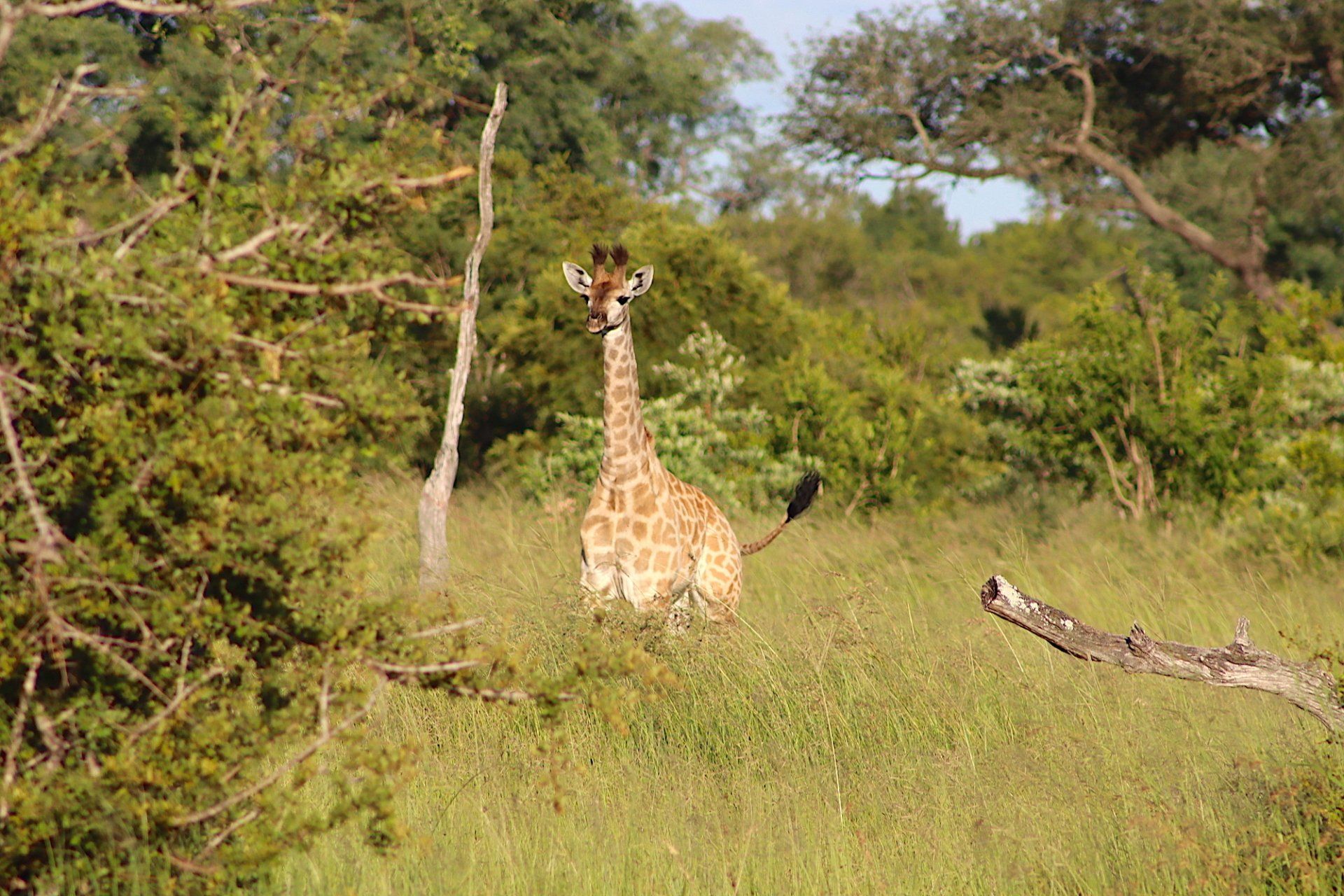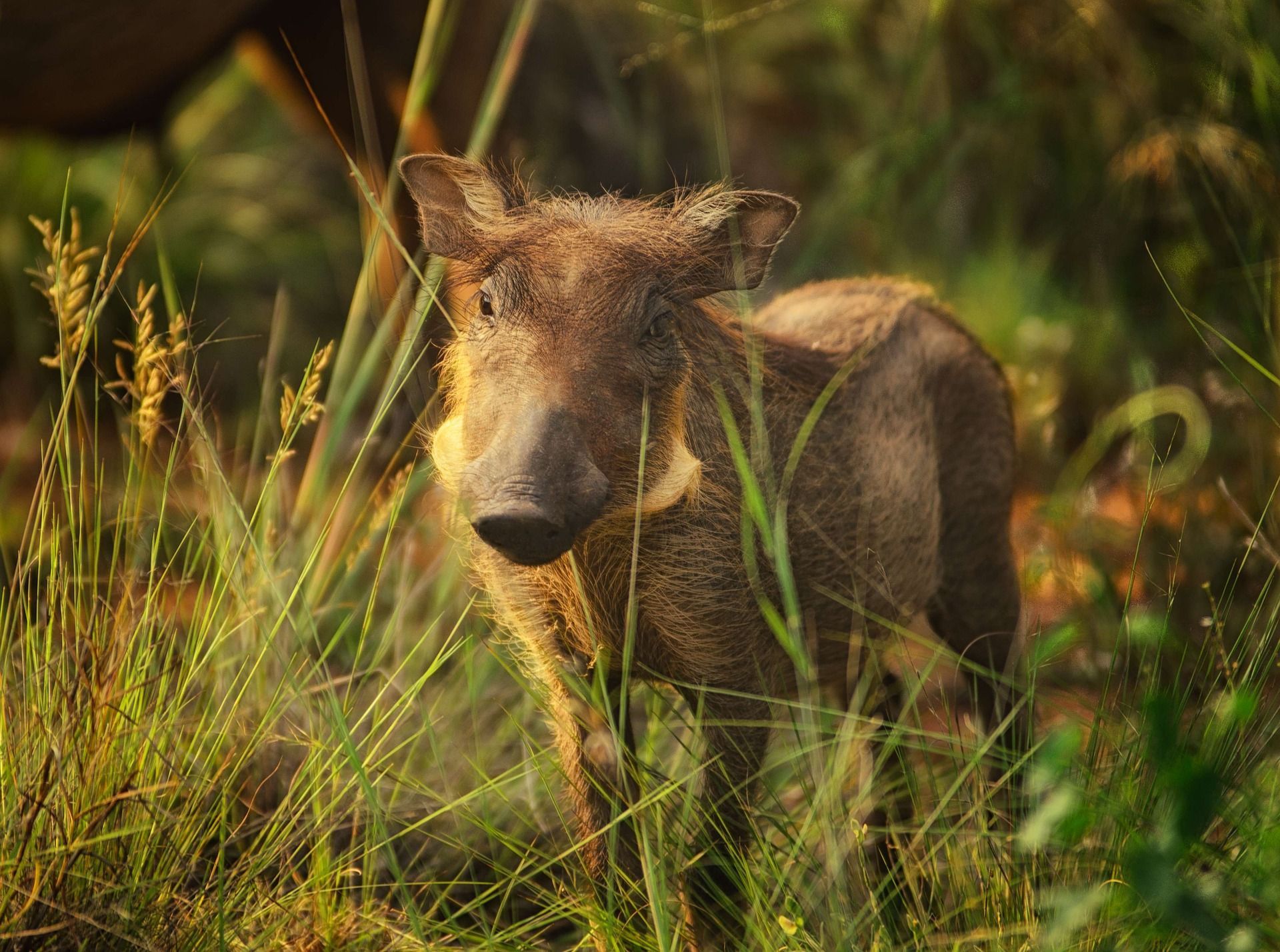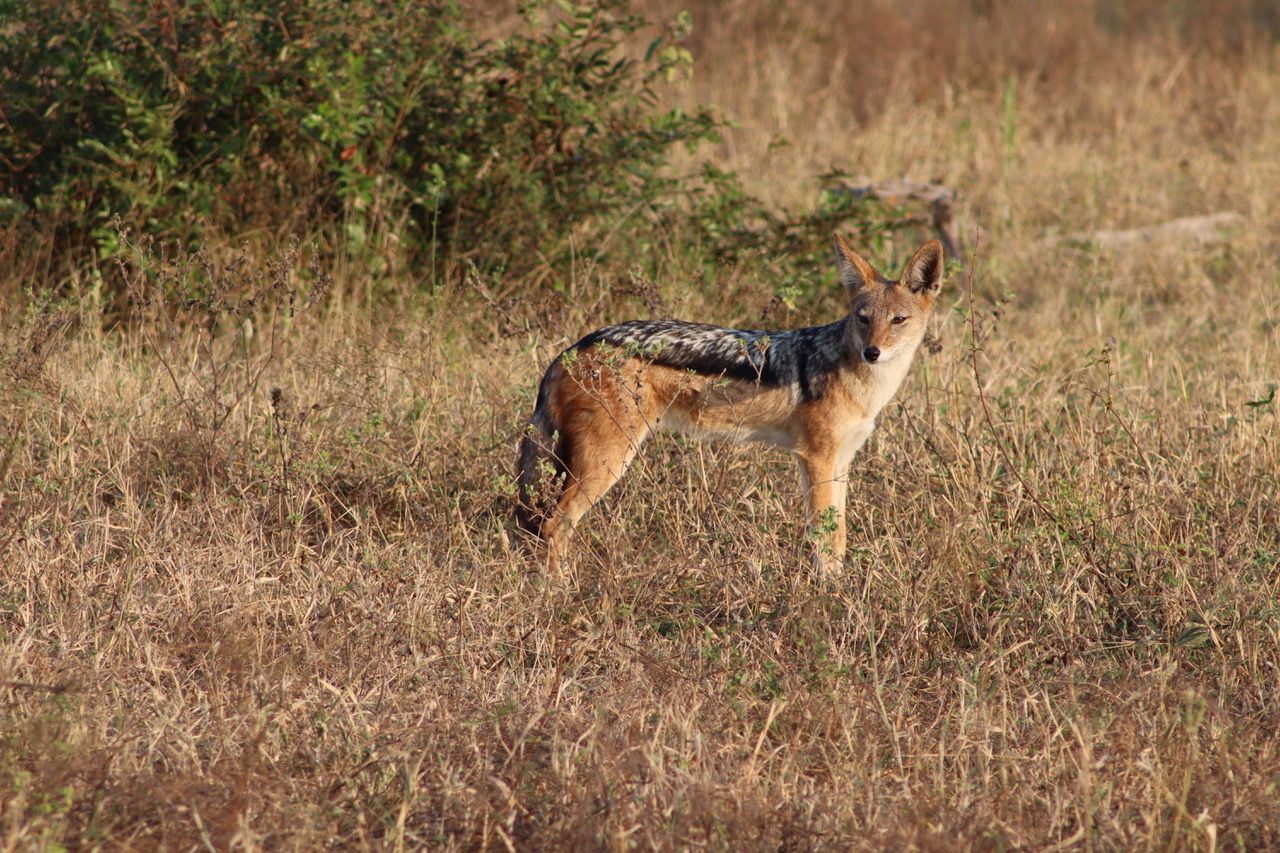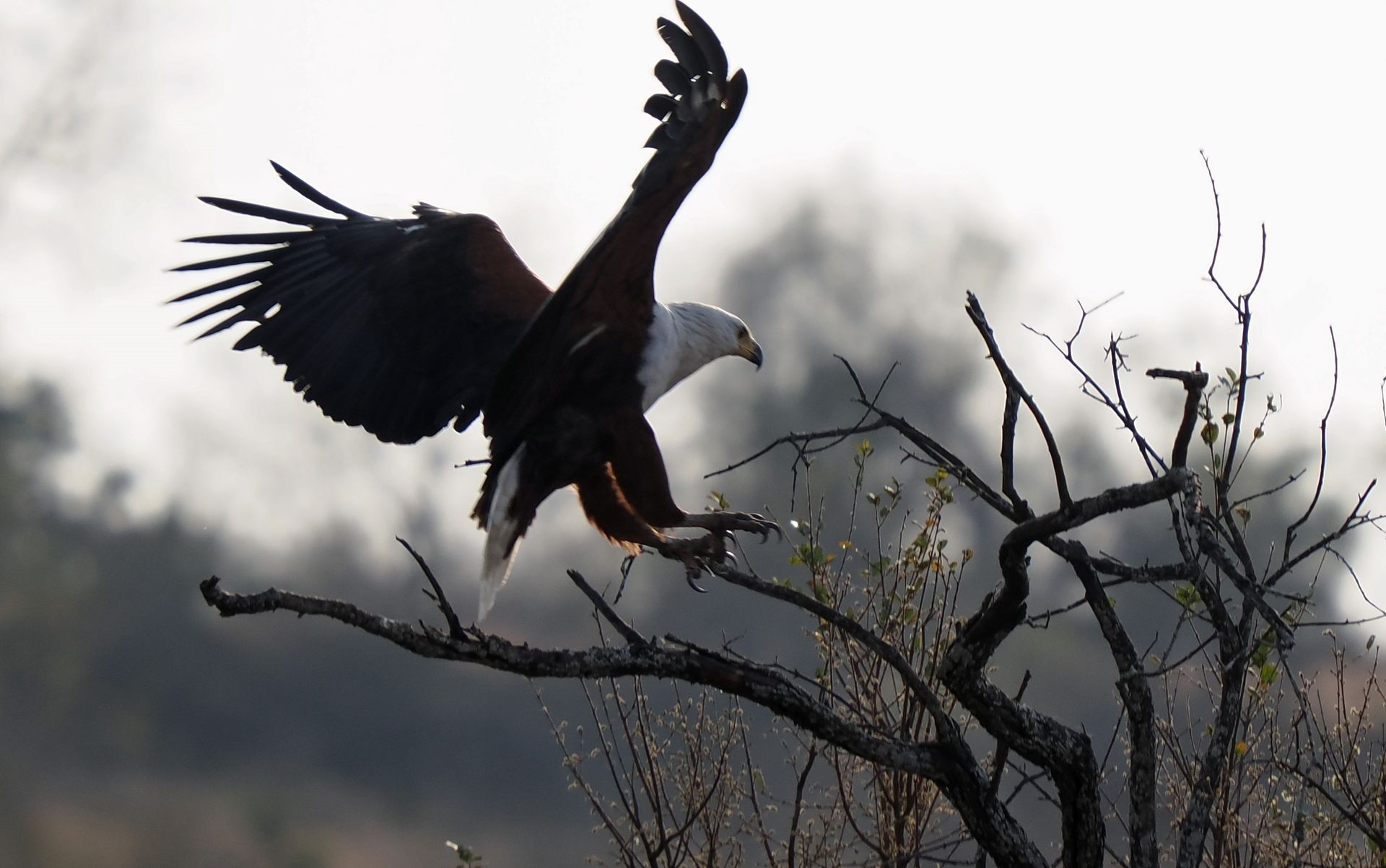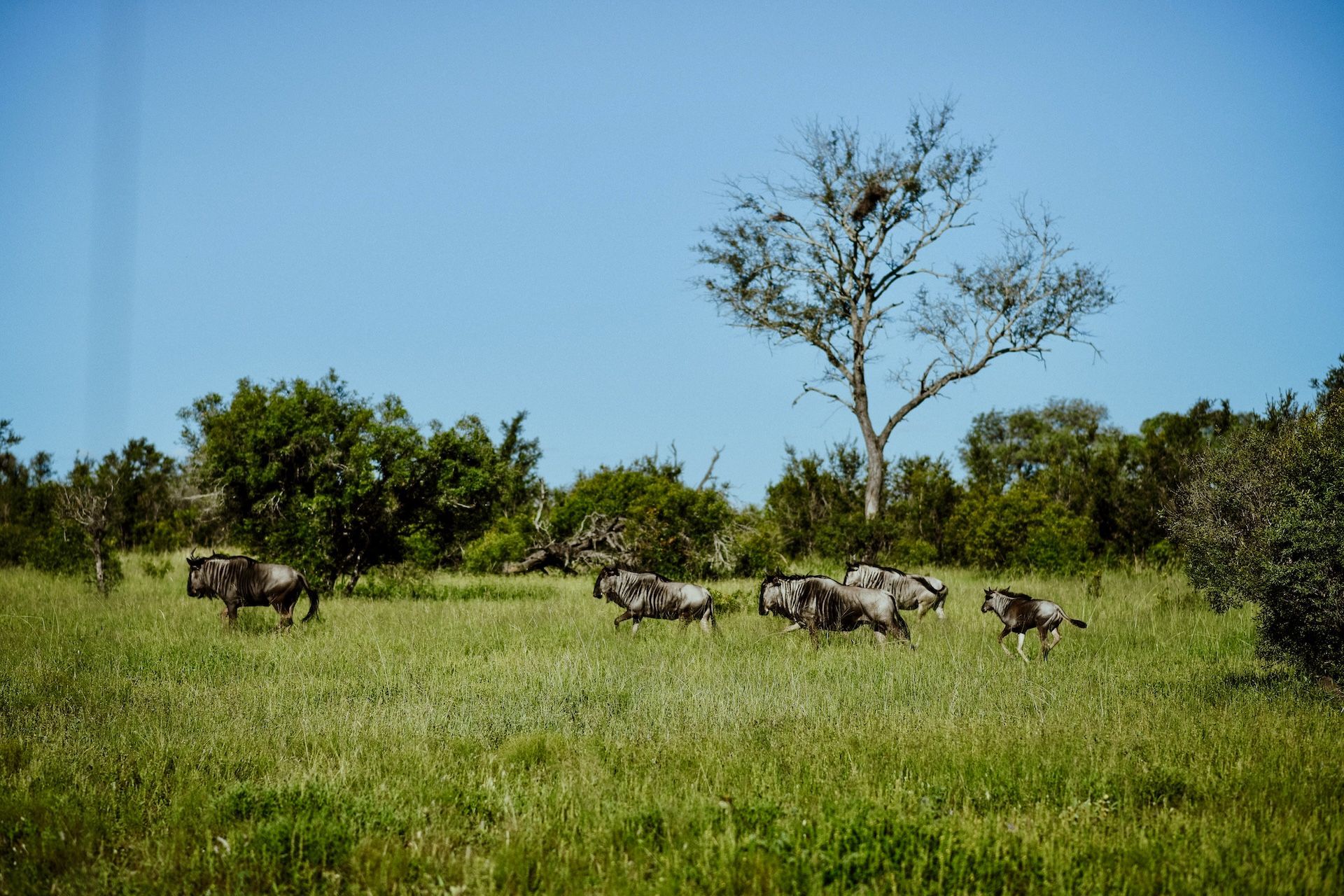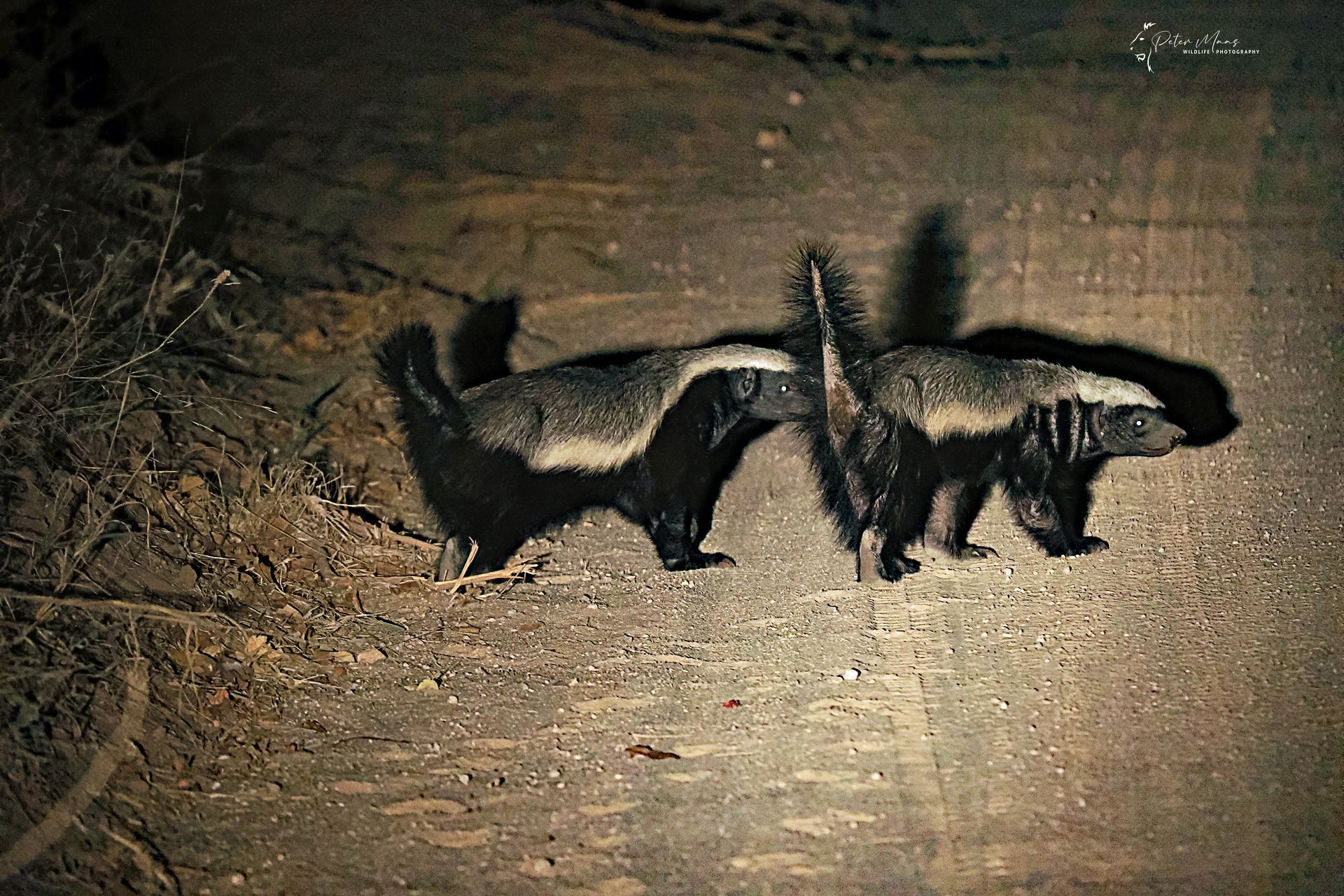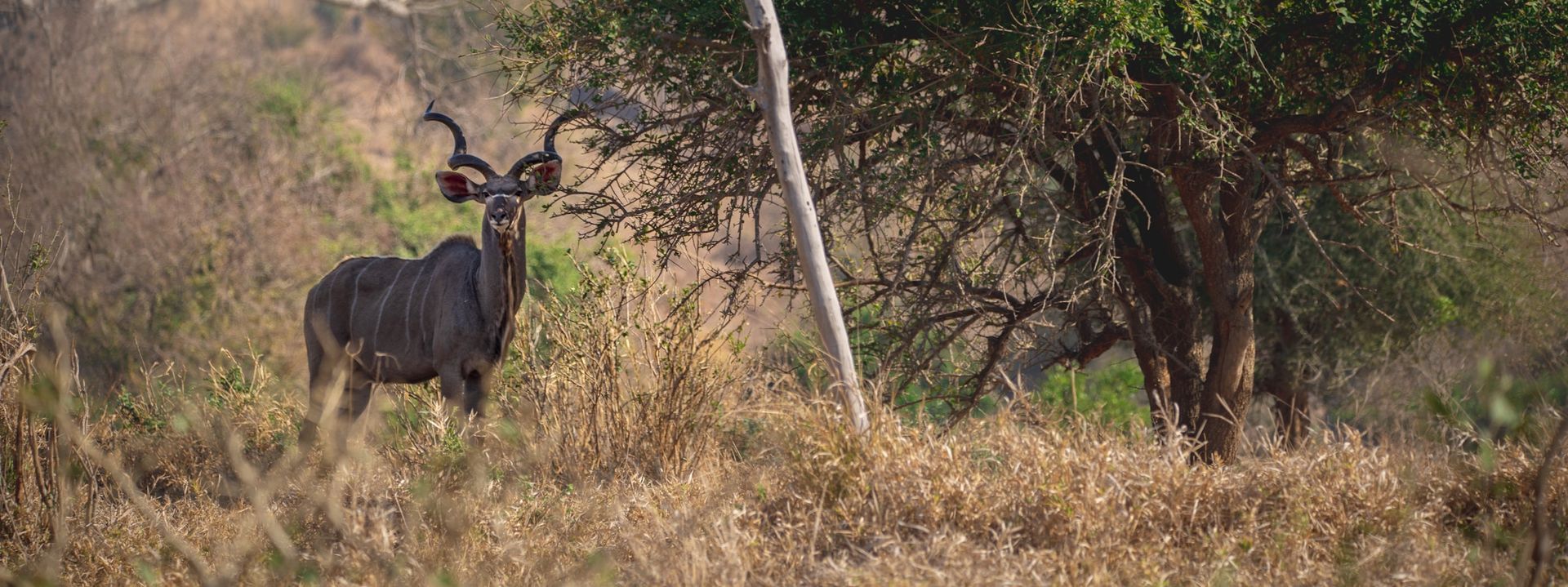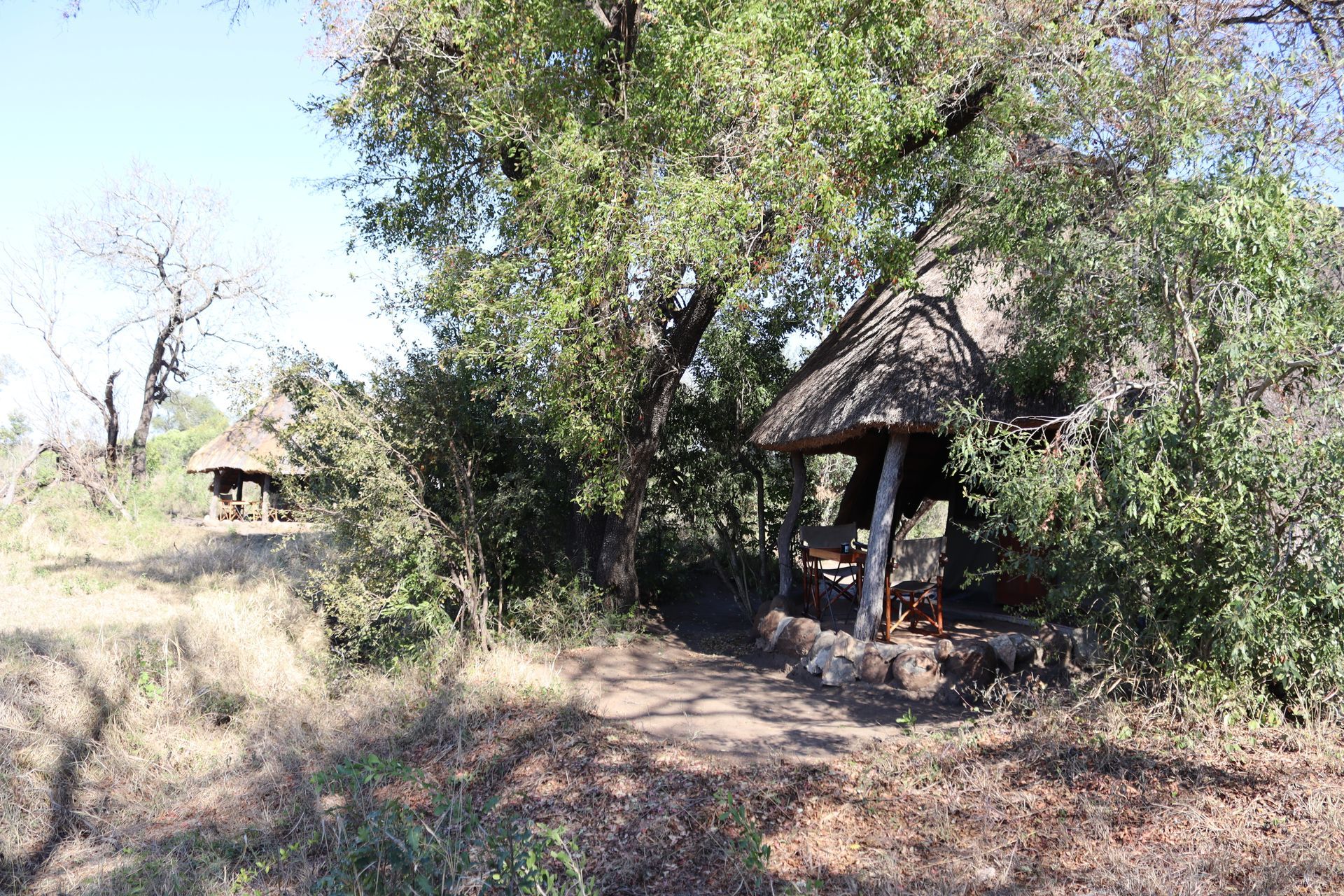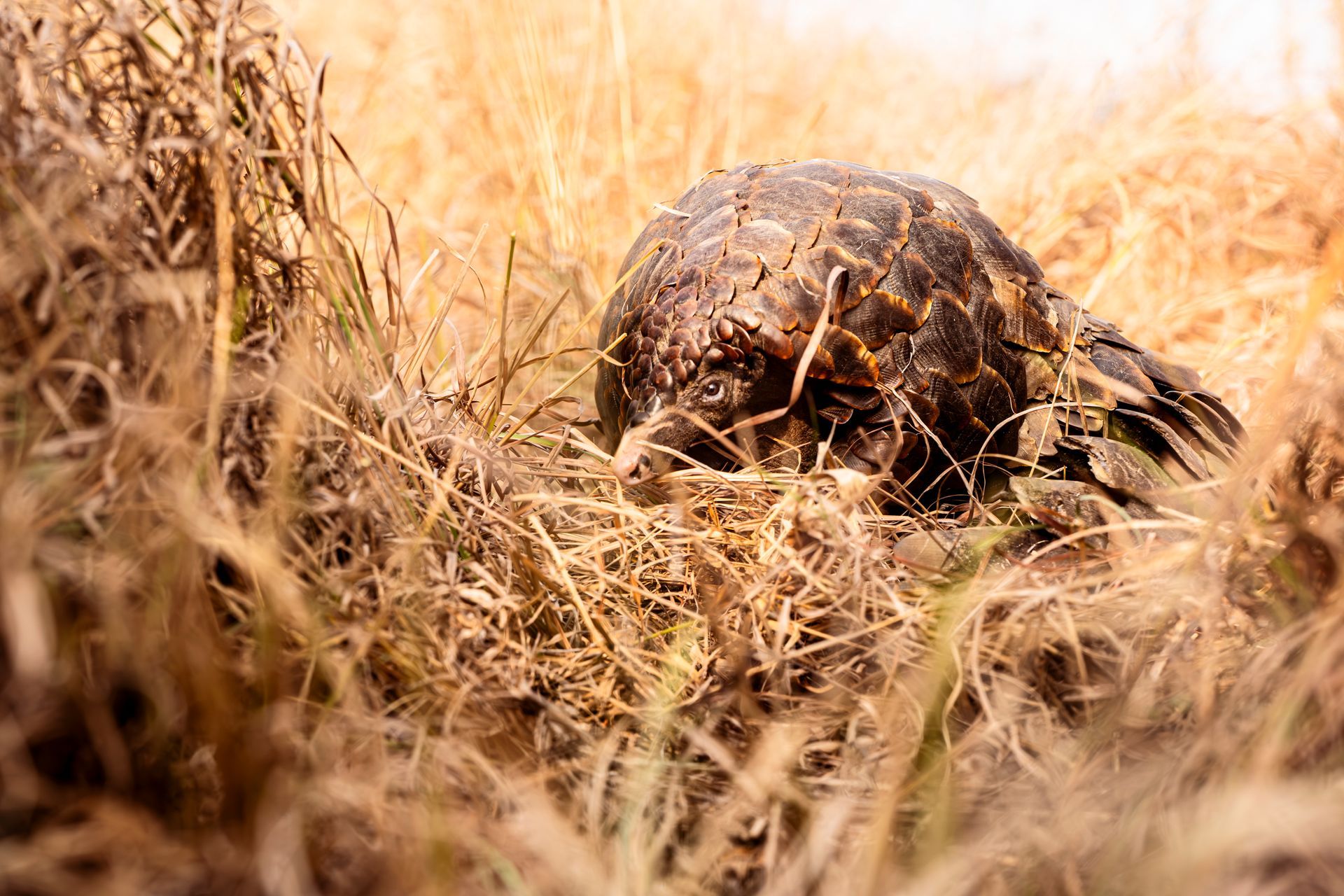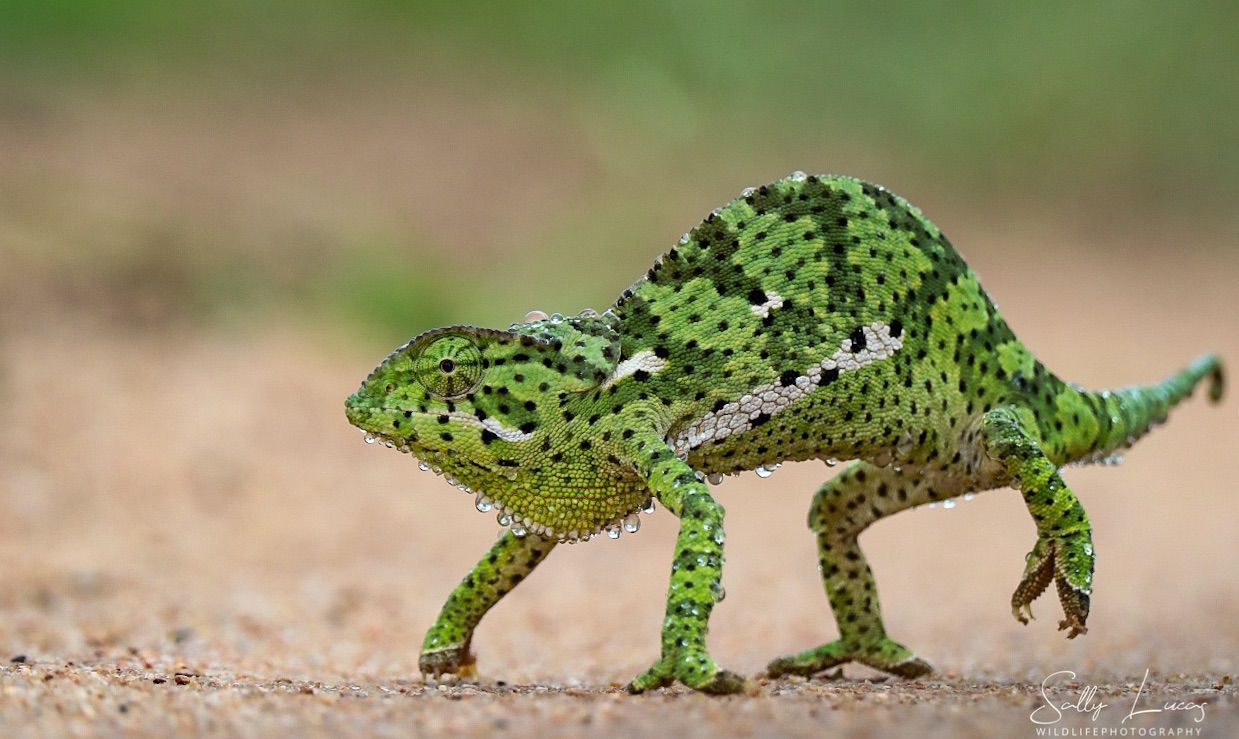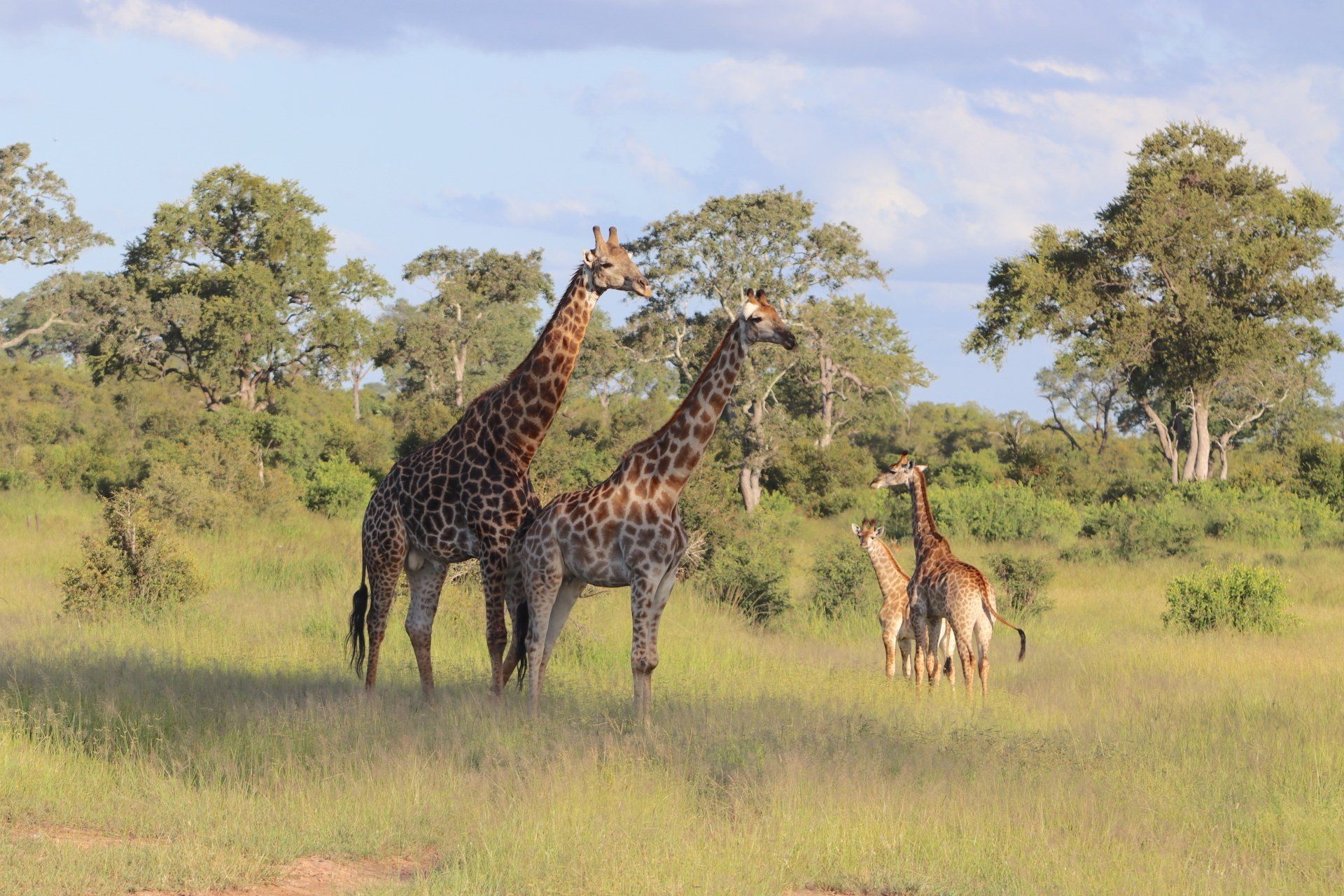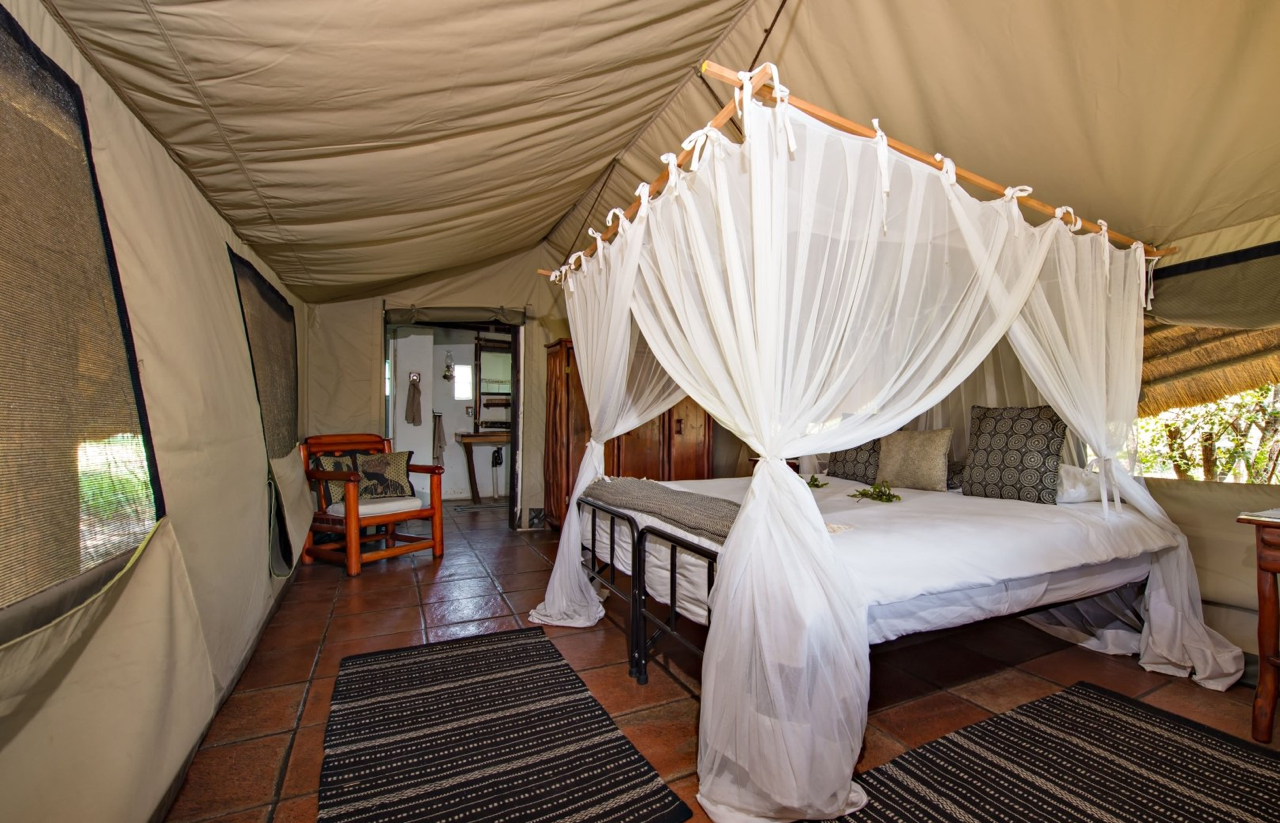Pungwe's tallest story...
Meet the giraffe - the super model of the Manyeleti!
There's no doubting the giraffe's credentials. It's the world's tallest terrestrial animal and the largest ruminant. It's long neck and legs give it the elegance of a super model and its distinctive patterned hide make it instantly recognisable and a firm favourite of guests at Pungwe Safari Camp.
Bull giraffes can reach almost 6m in height, with the females clocking in slightly shorter at just over 5m. It's odd shape is deceptive, because while its body is short from front to back and appears to dip towards the rear, its front and rear legs are the same length, providing the giraffe with only two gaits - walking and galloping.
When they walk, they move the front and rear legs on one side together, in the same way that camels do - they are distantly related, sharing a common ancestor. Curiously, the giraffe's nearest living relative is the okapi, which is found in the forests of the Congo basin.
Long legs aside, it's the giraffe's elongated neck that makes it one of the most iconic animals in the world. At around 1,8m long, it has exactly the same number of vertebrae as other mammals - just seven - the difference being that each vertebra is around 28cm long!
Atop the giraffe's head are two prominent "horns" called ossicones, that are actually made from ossified cartilage. In females, the ossicones are slender and tufted with hear on top. In the bulls, they are thicker and bald on top, making it easy to differentiate between the two from a distance.
When they are born, a baby giraffe's ossicones are flattened backwards to avoid damaging the mother's birth canal. As the giraffe grows they become more upright and eventually fuse to the skull.
Bulls develop other ossifications on their heads as they grow older, adding weight to their skull and aiding in "necking" - the swinging blows delivered by the heads and necks of combatting males during their constant battle for dominance and mating rights.
Recent research has categorised four distinct species of giraffe and several sub-species. The four species are the Masai giraffe, northern giraffe, reticulated giraffe and southern.
The Thornicroft's giraffe is a sub species of the Masai giraffe, while the Angolan giraffe and South African giraffe (the Manyeleti's giraffe) are sub species of the southern giraffe. The Northern giraffe has three sub-species - the Kordofan (with its distinctive, prominent third ossicone) and Nubian/Rothschild's (both of which are critically endangered) and the West African giraffe.
Sadly, giraffe numbers are dropping drastically across Africa with an estimated loss of more than 40% of the continent's giraffe population over the last three decades. There's an estimated 97,000 giraffes left across Africa.
Habitat loss, human-wildlife conflict, civil unrest and poaching for bush meat, skins and tails are some of the reasons for the giraffe's dramatic decline.
An interesting fact about the giraffe is that the myth of it being "voiceless" and being without vocal cords has been busted! A few years ago, researchers discovered that giraffes actually hum, mostly at night, and at very low frequencies (around 92HZ), right at the lower end of the human hearing spectrum.
So what does a giraffe hum sound like? Check it out here!
